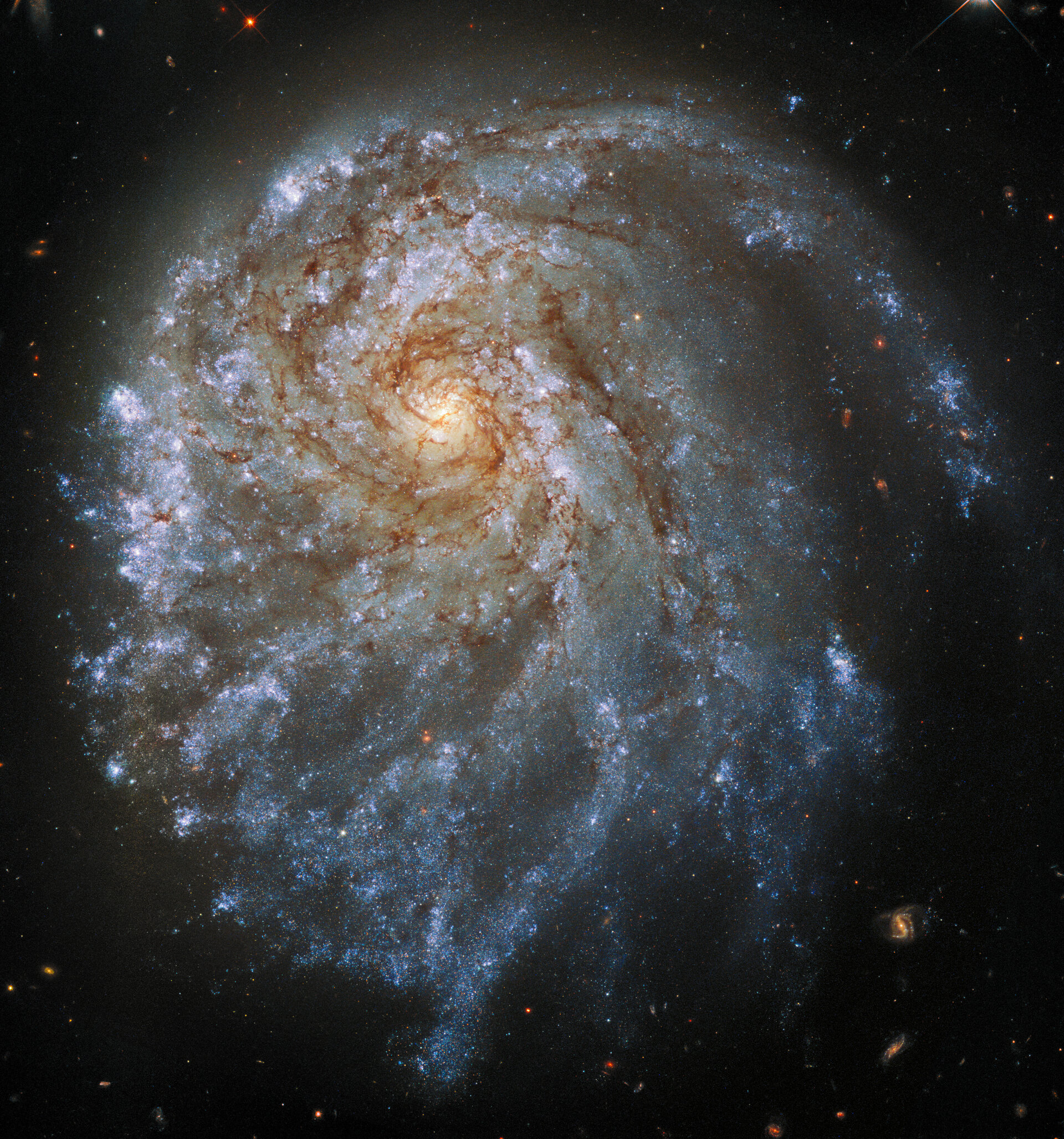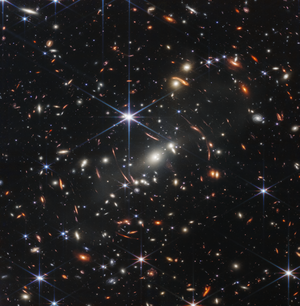Accept all cookies Accept only essential cookies See our Cookie Notice

About ESA
The European Space Agency (ESA) is Europe’s gateway to space. Its mission is to shape the development of Europe’s space capability and ensure that investment in space continues to deliver benefits to the citizens of Europe and the world.
Highlights
ESA - United space in Europe
This is ESA ESA facts Member States & Cooperating States Funding Director General Top management For Member State Delegations European vision European Space Policy ESA & EU Space Councils Responsibility & Sustainability Annual Report Calendar of meetings Corporate newsEstablishments & sites
ESA Headquarters ESA ESTEC ESA ESOC ESA ESRIN ESA EAC ESA ESAC Europe's Spaceport ESA ESEC ESA ECSAT Brussels Office Washington OfficeWorking with ESA
Business with ESA ESA Commercialisation Gateway Law at ESA Careers Cyber resilience at ESA IT at ESA Newsroom Partnerships Merchandising Licence Education Open Space Innovation Platform Integrity and Reporting Administrative Tribunal Health and SafetyMore about ESA
History ESA Historical Archives Exhibitions Publications Art & Culture ESA Merchandise Kids Diversity ESA Brand CentreLatest
Space in Member States
Find out more about space activities in our 23 Member States, and understand how ESA works together with their national agencies, institutions and organisations.
Science & Exploration
Exploring our Solar System and unlocking the secrets of the Universe
Go to topicAstronauts
Missions
Juice Euclid Webb Solar Orbiter BepiColombo Gaia ExoMars Cheops Exoplanet missions More missionsActivities
International Space Station Orion service module Gateway Concordia Caves & Pangaea BenefitsLatest
Space Safety
Protecting life and infrastructure on Earth and in orbit
Go to topicAsteroids
Asteroids and Planetary Defence Asteroid danger explained Flyeye telescope: asteroid detection Hera mission: asteroid deflection Near-Earth Object Coordination CentreSpace junk
About space debris Space debris by the numbers Space Environment Report In space refuelling, refurbishing and removingSafety from space
Clean Space ecodesign Zero Debris Technologies Space for Earth Supporting Sustainable DevelopmentLatest
Applications
Using space to benefit citizens and meet future challenges on Earth
Go to topicObserving the Earth
Observing the Earth Future EO Copernicus Meteorology Space for our climate Satellite missionsCommercialisation
ESA Commercialisation Gateway Open Space Innovation Platform Business Incubation ESA Space SolutionsLatest
Enabling & Support
Making space accessible and developing the technologies for the future
Go to topicBuilding missions
Space Engineering and Technology Test centre Laboratories Concurrent Design Facility Preparing for the future Shaping the Future Discovery and Preparation Advanced Concepts TeamSpace transportation
Space Transportation Ariane Vega Space Rider Future space transportation Boost! Europe's Spaceport Launches from Europe's Spaceport from 2012Latest

Hubble inspects a contorted spiral galaxy
Thank you for liking
You have already liked this page, you can only like it once!
This spectacular image from the NASA/ESA Hubble Space Telescope shows the trailing arms of NGC 2276, a spiral galaxy 120 million light-years away in the constellation of Cepheus. At first glance, the delicate tracery of bright spiral arms and dark dust lanes resembles countless other spiral galaxies. A closer look reveals a strangely lopsided galaxy shaped by gravitational interaction and intense star formation.
This striking image showcases the unusually contorted appearance of NGC 2276, an appearance caused by two different astrophysical interactions — one with the superheated gas pervading galaxy clusters, and one with a nearby galactic neighbour.
The interaction of NGC 2276 with the intracluster medium — the superheated gas lying between the galaxies in galaxy clusters — has ignited a burst of star formation along one edge of the galaxy. This wave of star formation is visible as the bright, blue-tinged glow of newly formed massive stars towards the left side of this image, and gives the galaxy a strangely lopsided appearance. NGC 2276’s recent burst of star formation is also related to the appearance of more exotic inhabitants — black holes and neutron stars in binary systems.
On the other side of the galaxy from this burst of new stars, the gravitational attraction of a smaller companion is pulling the outer edges of NGC 2276 out of shape. This interaction with the small lens-shaped galaxy NGC 2300 has distorted the outermost spiral arms of NGC 2276, giving the false impression that the larger galaxy is orientated face-on to Earth. NGC 2276 and its disruptive companion NGC 2300 can both be seen in the accompanying image, which shows a wider view of the interacting galaxies.
NGC 2276 is by no means the only galaxy with a strange appearance. The Atlas of Peculiar Galaxies — a catalogue of unusual galaxies published in 1966 — contains a menagerie of weird and wonderful galaxies, including spectacular galaxy mergers, ring-shaped galaxies, and other galactic oddities. As befits an unusually contorted galaxy, NGC 2276 has the distinction of being listed in the Atlas of Peculiar Galaxies twice — once for its lopsided spiral arms and once for its interaction with its smaller neighbour NGC 2300.
-
CREDIT
ESA/Hubble & NASA, P. Sell; CC BY 4.0 Acknowledgement: L. Shatz -
LICENCE
CC BY 4.0 INT or ESA Standard Licence
(content can be used under either licence)

A lopsided lynx

Cosmic contortions

Webb’s first deep field

Tangled galaxies















 Germany
Germany
 Austria
Austria
 Belgium
Belgium
 Denmark
Denmark
 Spain
Spain
 Estonia
Estonia
 Finland
Finland
 France
France
 Greece
Greece
 Hungary
Hungary
 Ireland
Ireland
 Italy
Italy
 Luxembourg
Luxembourg
 Norway
Norway
 The Netherlands
The Netherlands
 Poland
Poland
 Portugal
Portugal
 Czechia
Czechia
 Romania
Romania
 United Kingdom
United Kingdom
 Slovenia
Slovenia
 Sweden
Sweden
 Switzerland
Switzerland
























